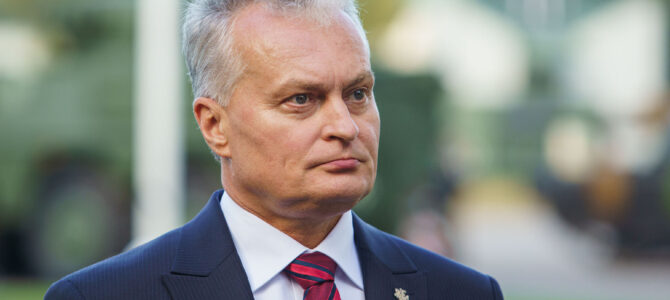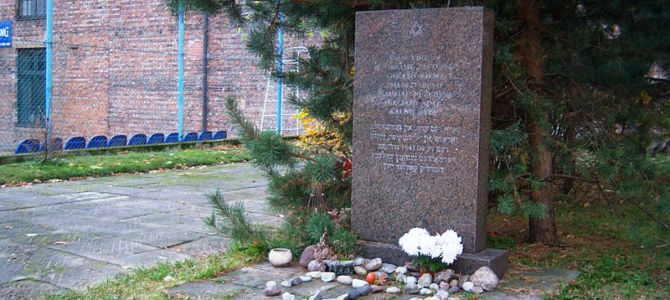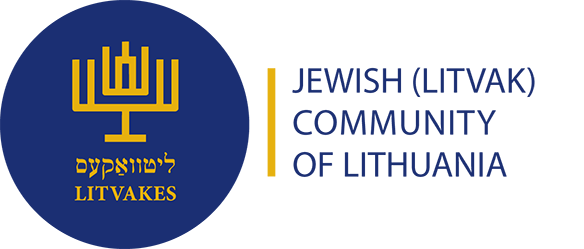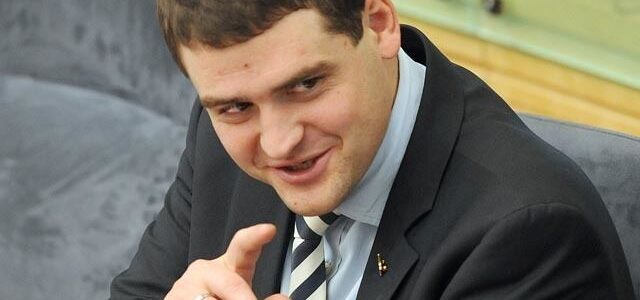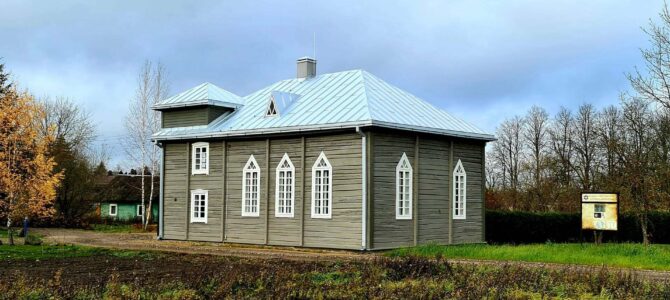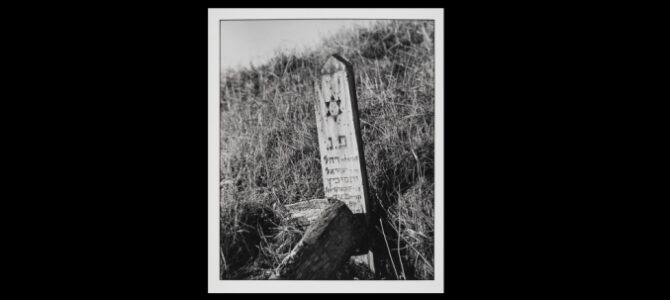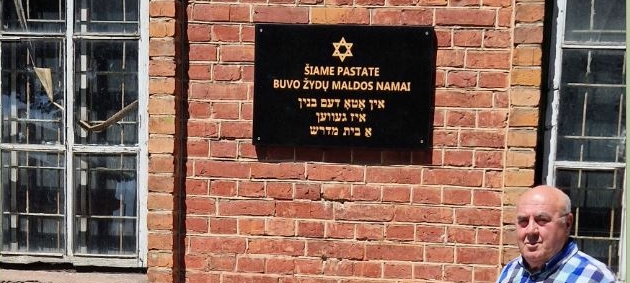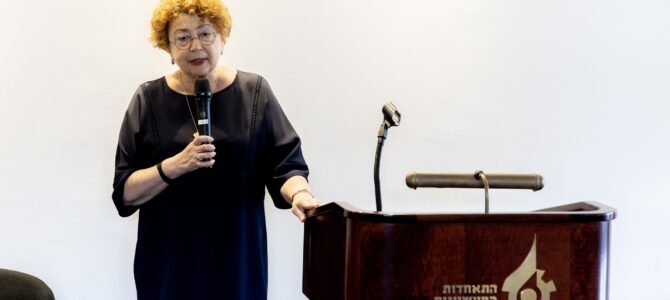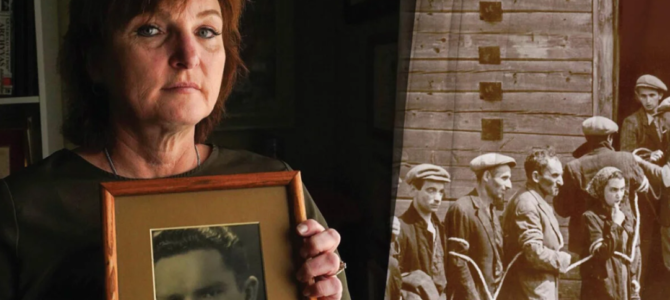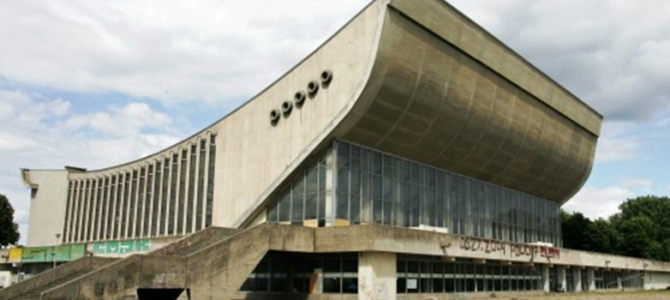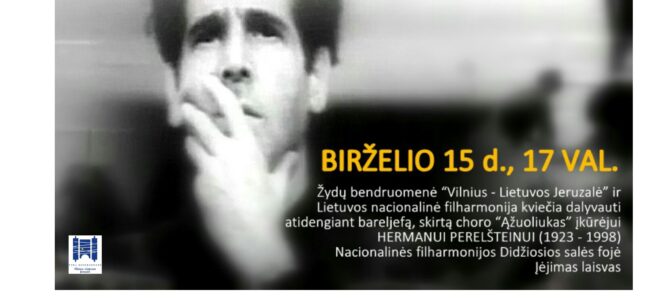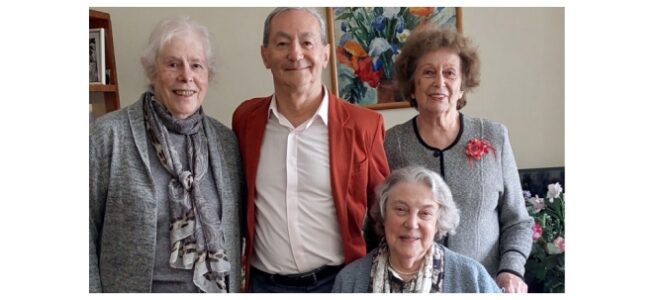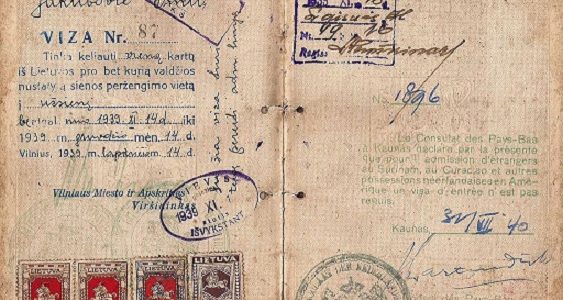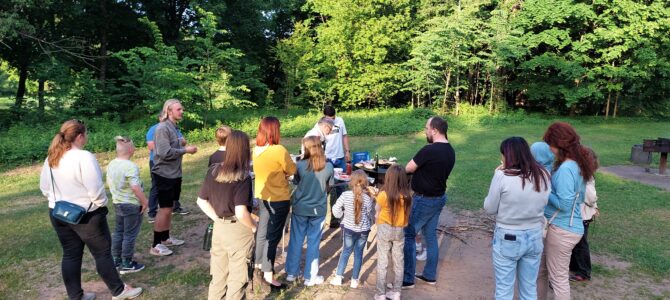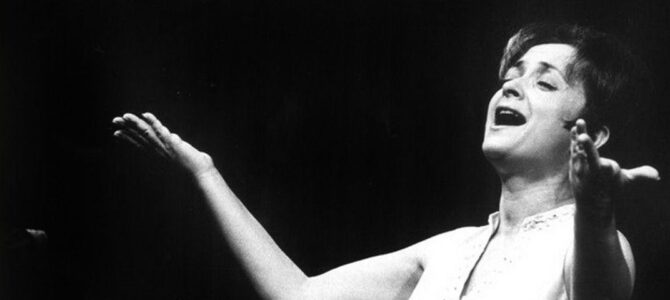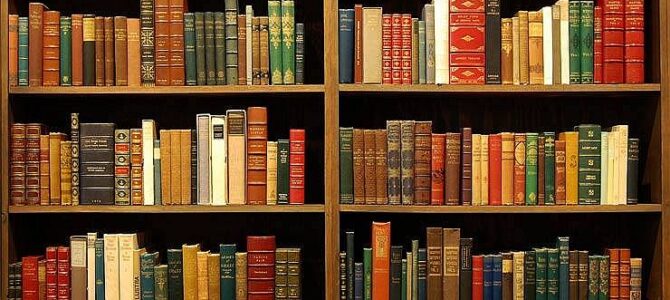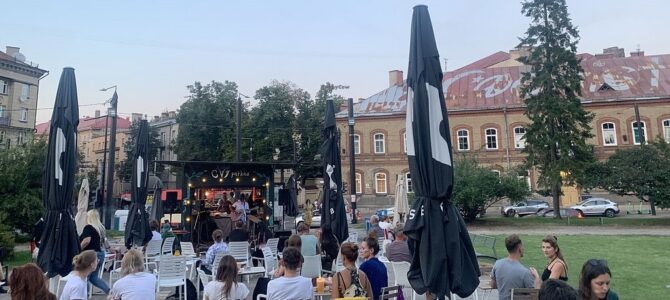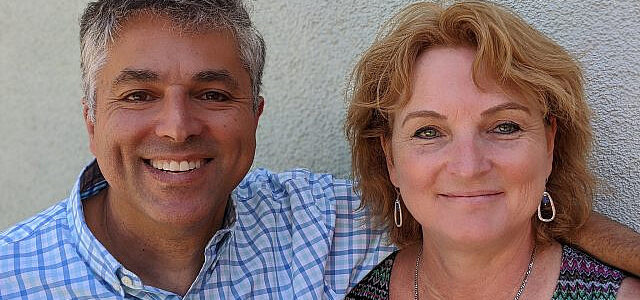by Geoff Vasil
Lithuanian president Gitanas Nausėda has joined the chorus, the other two heads of state, the prime minister and the speaker of parliament, in declaring Lithuania has zero tolerance for anti-Semitism. At the same time, the state and the nation continue to glorify, lionize and commemorate, often enthusiastically, Lithuanian Nazis who were complicit in Holocaust crimes and responsible for the death of nearly every Lithuanian Jew.
The state-funded Lithuanian Academy of Sciences has removed the Jonas Noreika plaque on its walls “for repairs” even though permission was never granted by any state or municipal body to place the plaque there. Its latest incarnation was the work of enthusiastic Lithuanian neo-Nazis. Streets, schools and squares retain the names of known Holocaust perpetrators with commemorative plaques and statues to them scattered across Lithuania.
At the same time, the ruling coalition, aka the Lithuanian Government, has engaged in rank censorship for two and a half years now, along with a complicit media and law enforcement bodies. This has created a virtual atmosphere of full-fledged fascism and conformity in the country, with straight-up propaganda de rigueur on a range of topics.


